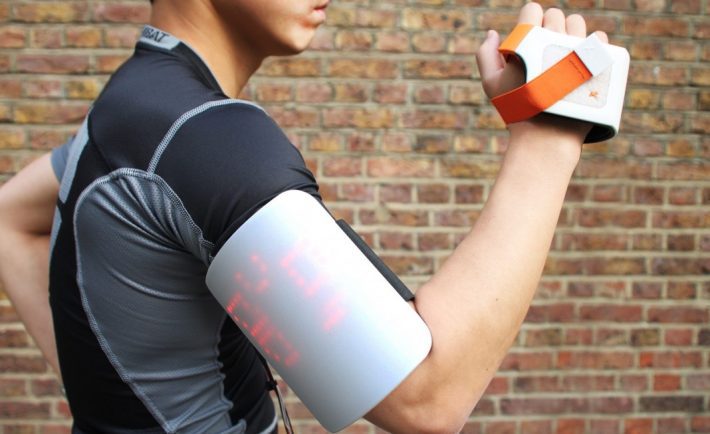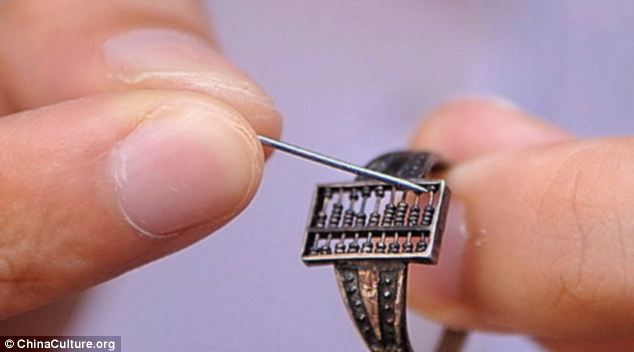
When Steve Mann first pioneered the EyeTap in the early 80s, he had no idea that his bulky electronic headset would go on to birth an entirely new branch of wearable technology. Ahead of its time, the project started as a means of wanting to augment reality with digital overlays, a technology which today has found widespread use and is frequently utilized in devices such as the Vuzix Blade. Of course augmented reality isn’t the first type of wearable technology to hit the market; the industry is a vast and varying array of different wearable hardware that perform countless different functions.
Humble beginnings

Is this the first wearable computer? 300-year-old Chinese abacus ring was used during the Qing Dynasty to help traders
Depending on how broad your definition of the word “technology” is, wearable tech may have originated in the 17th century with the invention of a Chinese abacus ring a farmer could wear on his finger to count beans while tilling in the fields. Not long afterwards the invention of the portable clock came into fruition. This was quickly followed by the pocket watch, and then the wrist watch when a German military officer wanted a way to readily check the time without using both of his hands. In terms of digital watches, however, the Seiko Quartz LC was the first watch to use a liquid-crystal display to display the time in six digits. It attracted wide attention and was immediately sought after. There’s still a demand for the watch today and Seiko watches – both digital and their analogue counterparts – can often be found online on secondhand watch sites (or on eBay).
Current wearables
Wearable Tech – From connected athletic gear and high tech fashion to smart jewelry and eyewear it’s all at #CES
Current smartwatches do way more than simply tell the time. Apple revolutionized what a watch was capable of when they introduced the Apple Watch. Suddenly a watch was no longer just a means of telling time, but a personal computer on your wrist that can make appointments, connect to the internet and allow you to call your friends. The Fitbit, another smartwatch but with a different functionality, became an athlete’s best friend, monitoring heartrates as well as a host of other biometrics. And then there’s the Oculus Rift and the HTC Vive, virtual reality headsets that plunge the user into a digitally rendered world; this technology has potential uses in industries gaming, real estate and tourism.
What about the future?

10 future wearables and connected self concepts from Show RCA 2015
Watches, headsets, glasses – these are all fields that will no doubt see innovation in the coming years and the resulting technology is sure to change lives for the better. But where wearable tech becomes really interesting is when it disappears – under the skin. Like something out of a Black Mirror episode, the next big thing in wearable tech will be implants that a person can have with them all the time. It’s actually already being developed; there are a number of people already sporting RFID (radio frequency ID) chips in their hands for prototype purposes. These chips can contain crucial information such as a person’s blood type, and allow them access to certain areas as well as pay for items without cash or a credit card. This is just the beginning. As the technology becomes more widespread and developed, the potential applications for implants is huge in scope.



